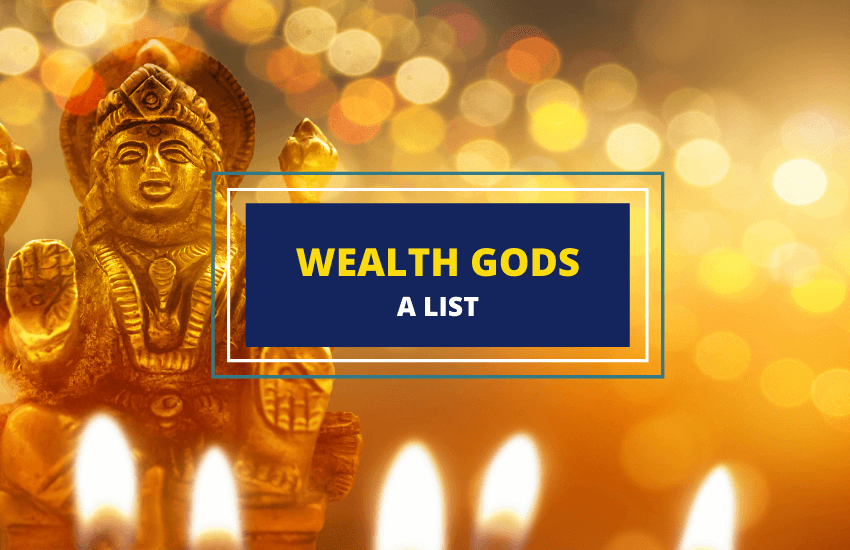
Table of Contents
Throughout history, people have worshipped gods and goddesses associated with wealth to escape poverty, make more money, or protect their earnings. Many cultures feature gods of wealth and riches as part of their mythology and folklore.
Some ancient civilizations worshipped multiple wealth gods and goddesses while others had only one. Sometimes, some gods who were worshipped in one religion were transferred to another.
In this article, we’ve rounded up a list of the most prominent gods and goddesses of wealth, each of whom played an important role in their respective mythologies or religions.
Plutus (Greek)
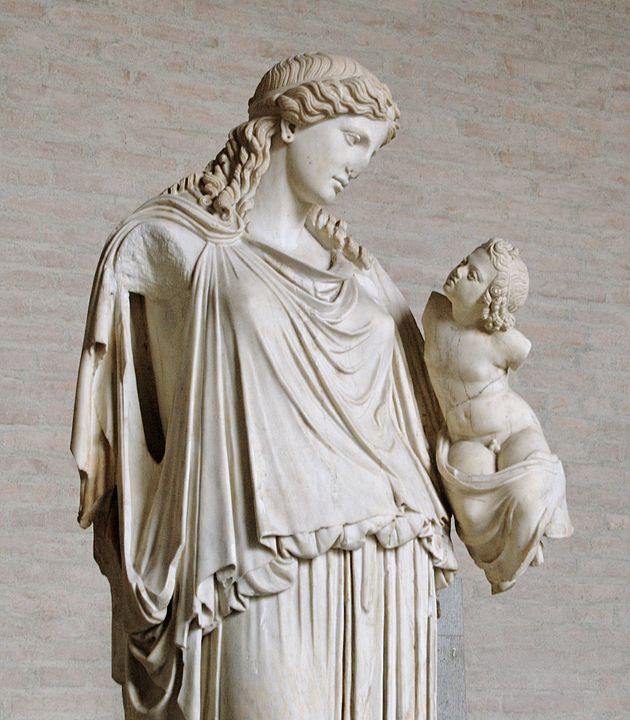
Plutus was either the son of Demeter and Iasus, Persephone and Hades, or of Tyche, the goddess of fortune. He was a Greek god of wealth who is also found in Roman mythology. He was often confused with the Roman god Pluto, who is Hades in Greek mythology and the god of the underworld.
There was a significant difference in the way Greeks and Romans viewed wealth. While Romans enjoyed gathering gold, silver, possessions, and properties, the Greeks had a saying: ‘Monos ho sophos, plousios’, which can be translated as ‘only he who has knowledge (sophia), is rich’. Theirs was a philosophy based more on spiritual and transcendent achievements than on earthly pleasures.
Plutus’ name is derived from the Greek word ’ploutos’ meaning wealth. Several English words derive from Pluto, including plutocracy or plutarchy, which is a country or state where only people of great wealth or income rule society.
Mercury (Roman)
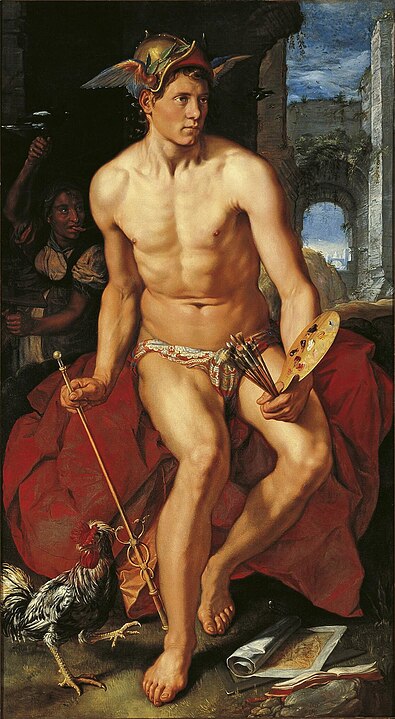
Mercury was the protector of shopkeepers, merchants, travelers, and thieves. He was one of the twelve most important deities in the Roman pantheon, known as the Dii Consentes. His role was to guide the souls of the deceased on their journey to the Underworld, but he was also known for his musical abilities.
Mercury was a proficient lyre player who was also credited with the invention of the instrument, which he did by adding strings made of animal tendons to the shell of a tortoise. Julius Caesar went as far as to write in his Commentarii de Bello Gallico (The Gallic Wars), that he was the most popular god of all in Britain and Gaul, regarded in these regions as the inventor of not just music but all the arts.
Lakshmi (Hindu)
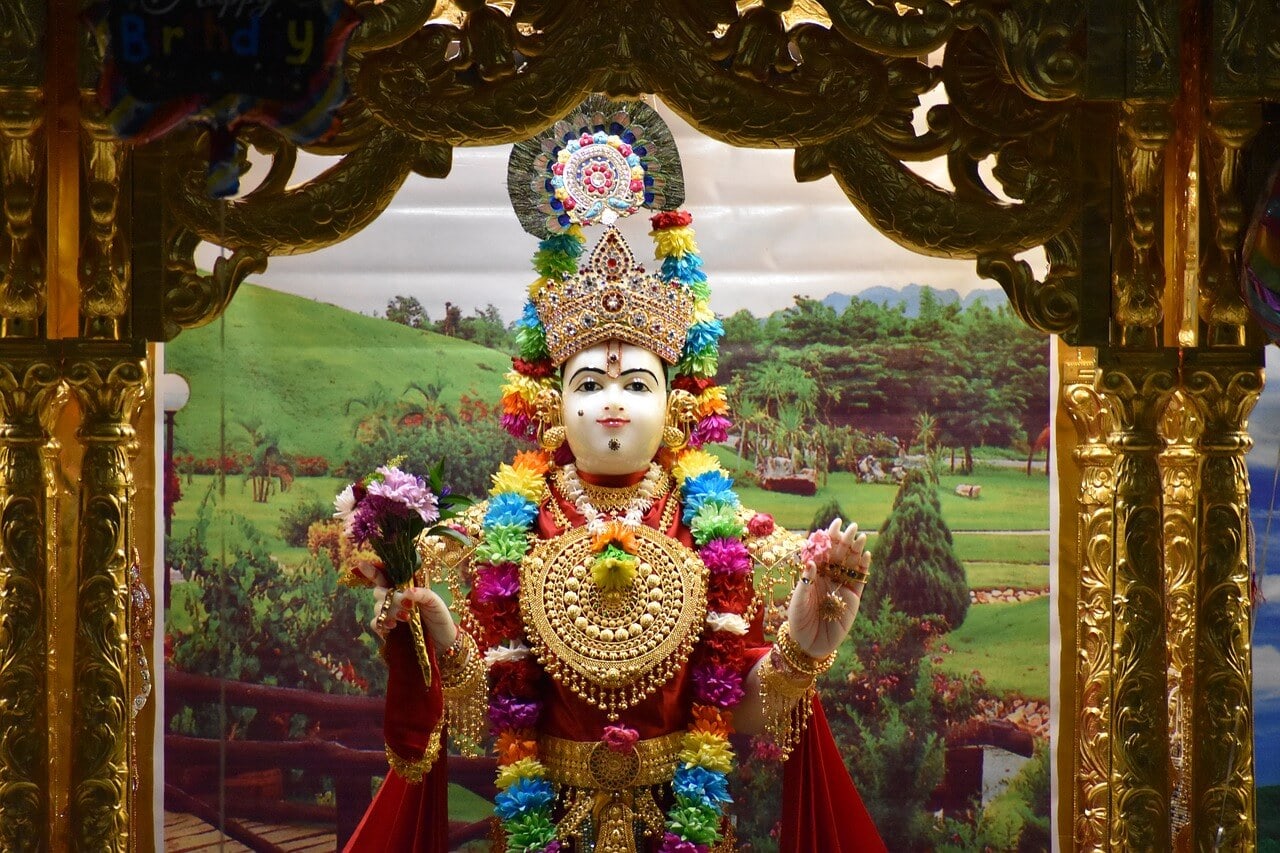
The name Lakshmi means ‘She who leads to one’s goal’, this goddess is one of the principal goddesses of Hinduism. Her domain includes wealth, power, fortune, and prosperity, as well as love, beauty, and joy. She is one of the three goddesses of the Tridevi, the holy trinity of Hindu goddesses, along with Parvati and Saraswati.
Lakshmi is often depicted as a beautiful woman wearing a red and gold sari, standing on the top of a blooming lotus flower. She has four hands, each one representing the main aspects of human life according to Hinduism – dharma (the good path), kama (desire), artha (purpose), and moksha (enlightenment).
In temples all across India, Lakshmi is depicted together with her partner Vishnu. Devotees often pray to the goddess and leave offerings, in hopes of gaining wealth and prosperity. As with the Greeks, wealth for the Hindus was not limited to money and the many manifestations of Lakshmi prove this. For instance, Veera Lakshmi stood for ‘wealth of courage’, Vidya Lakshmi was the ‘wealth of knowledge and wisdom’, and Vijaya Lakshmi was adored because she was awarded the ‘wealth of victory’.
Aje (Yoruba)
The Yoruba are one of the three largest ethnic groups of modern Nigeria, and in the 13th and 14th Centuries, this was one of the most powerful empires in the world. According to Yoruba myths, Aje, the goddess of wealth and abundance, would appear at village markets unannounced and bless those who are worthy. She is selective about who she blesses, often choosing those who worship her and do good deeds.
When the goddess Aje passes by someone’s stall, that person was bound to make an impressive profit that day. Sometimes, Aje would become permanently involved in someone’s business, making them very wealthy in the process. Aje was also the goddess of the bottom of the Ocean, where wealth came in the form of precious pearls and fish.
Jambhala (Tibetan)
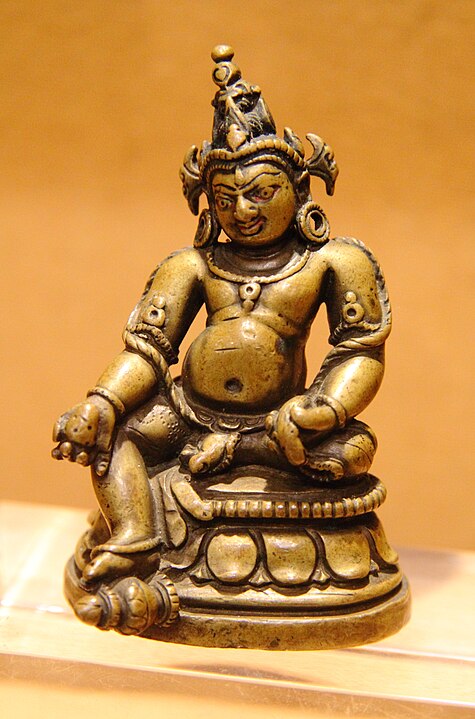
As with many gods and goddesses of this list, Jambhala had many different faces. The ‘five Jambhalas’, as they are known, are the manifestations of Buddha’s compassion, helping the living on their path to enlightenment. However, unlike the other gods listed here, their sole purpose is to help the poor and the suffering, not those who are already rich.
Many statues of Jambhala are kept in houses for protection and prosperity and the different forms are quite imaginative. The Green Jambhala is depicted standing upon a corpse, holding a mongoose in his left hand; White Jambhala is seated on a snow lion or a dragon, spitting out diamonds and necklaces; Yellow Jambhala, the most powerful of the five, sits with his right foot above a snail and his left foot on a lotus flower, holding a mongoose that vomits treasure.
Caishen (Chinese)
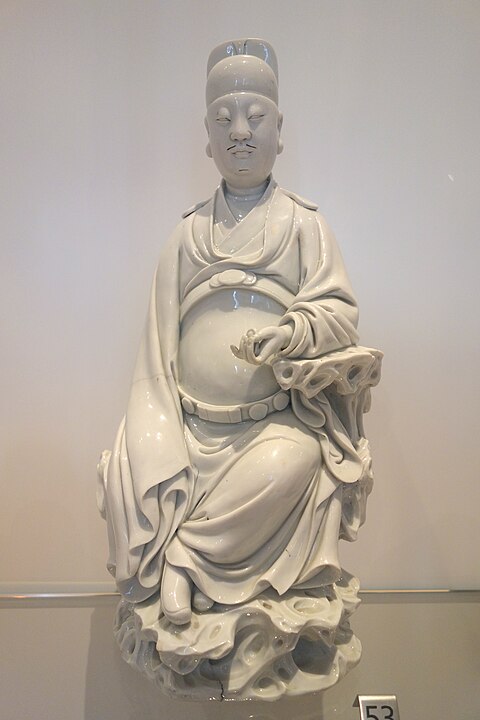
Caishen (or Tsai Shen) was a highly significant deity in Chinese mythology, folk religion, and Taoism. He is typically depicted riding a large black tiger and holding a golden rod, but he’s also been described with a tool that could turn iron and stone into pure gold.
Although Caishen is a famous Chinese folk deity, he’s also been venerated as a Buddha by many Pure Land Buddhists. He is sometimes identified as Jambhala, especially in esoteric Buddhist schools.
According to the legend, Tsai Shen descends from the heavens every lunar New Year to observe his followers who light incense as offerings and invite the god of wealth into their homes. On this special day, they consume dumplings which are thought to represent the ancient ingots. After being offered sacrifices, Tsai Shen leaves the Earth on the second day of the lunar New Year.
Njord (Norse)
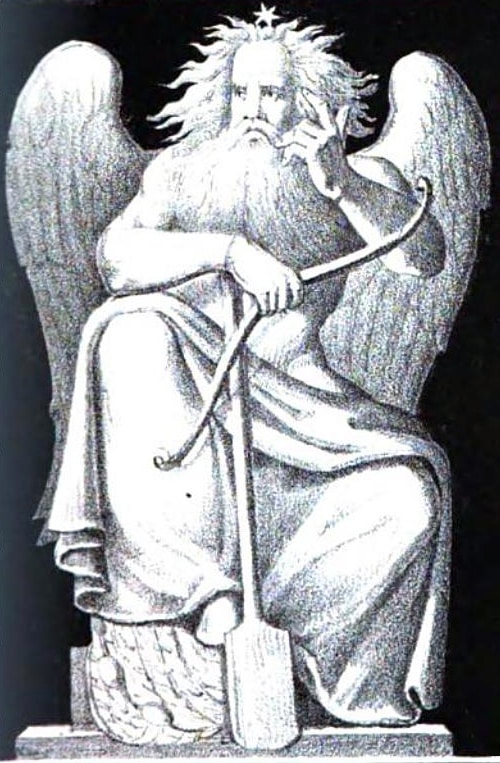
Njord was the god of riches, the wind, and the sea in Norse mythology. He was also regarded as the deity of ‘wealth-bestowal’ and prosperity. The Nordic people often made offerings to Njord to invoke his aid in seafaring and hunting, hoping to receive bounty from the seas.
Throughout Scandinavia, Njord was an important deity who had many towns and areas named after him. Unlike most of the other deities in Norse mythology, he was fated to survive Ragnarok, the end of the cosmos and everything in it, and was meant to be reborn. He remains one of the most revered Norse gods whom the locals continued to worship well into the eighteenth century.
In Brief

Many of the deities on this list were among the most important in their respective mythologies, reflecting the importance that money and riches have for humans everywhere. Despite this, the concept of wealth varies from place to place, from a more material approach to a purely symbolic concept of ‘being rich’. Regardless of what one’s concept of prosperity is, there is bound to be at least one god or goddess on this list that can make it happen.








